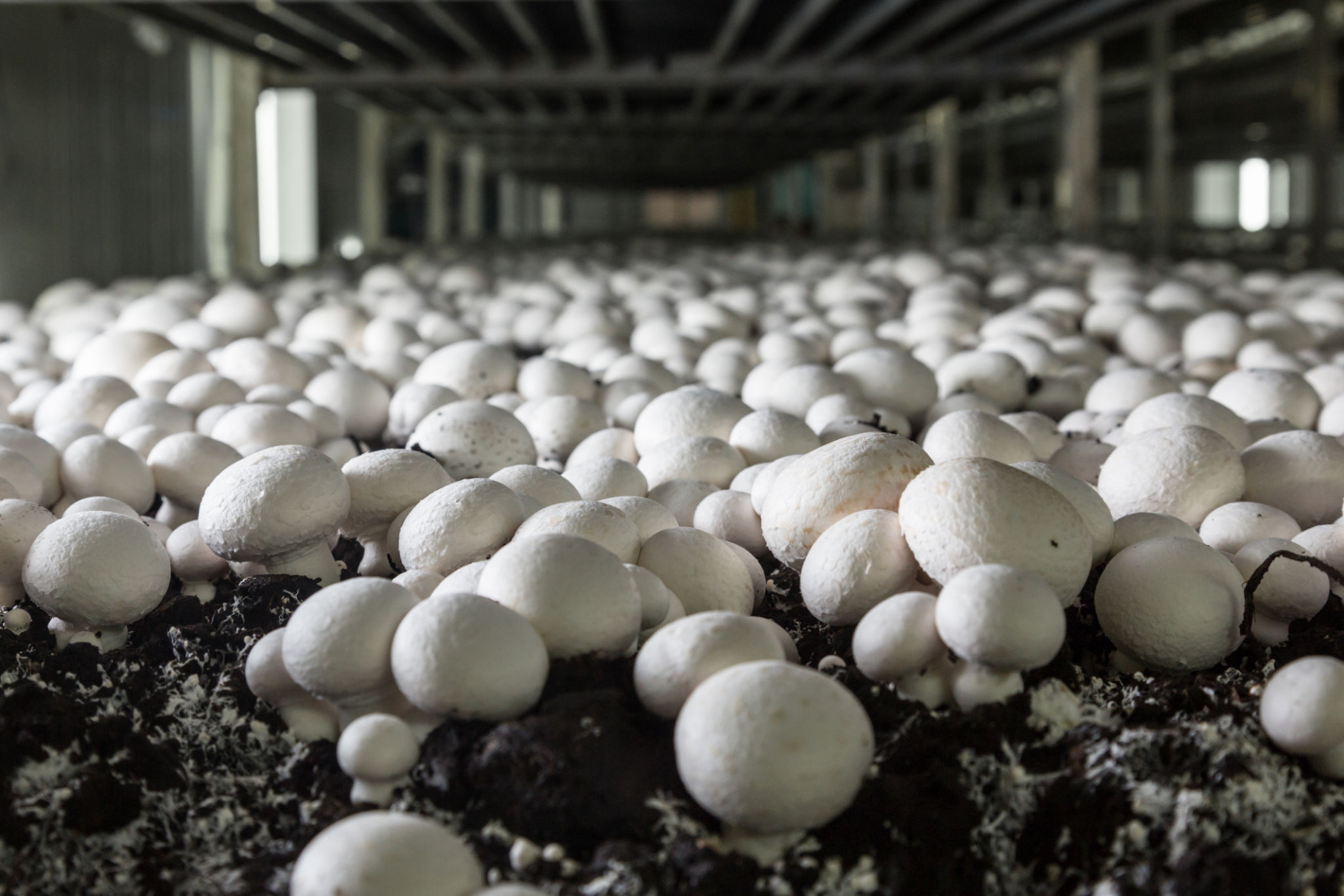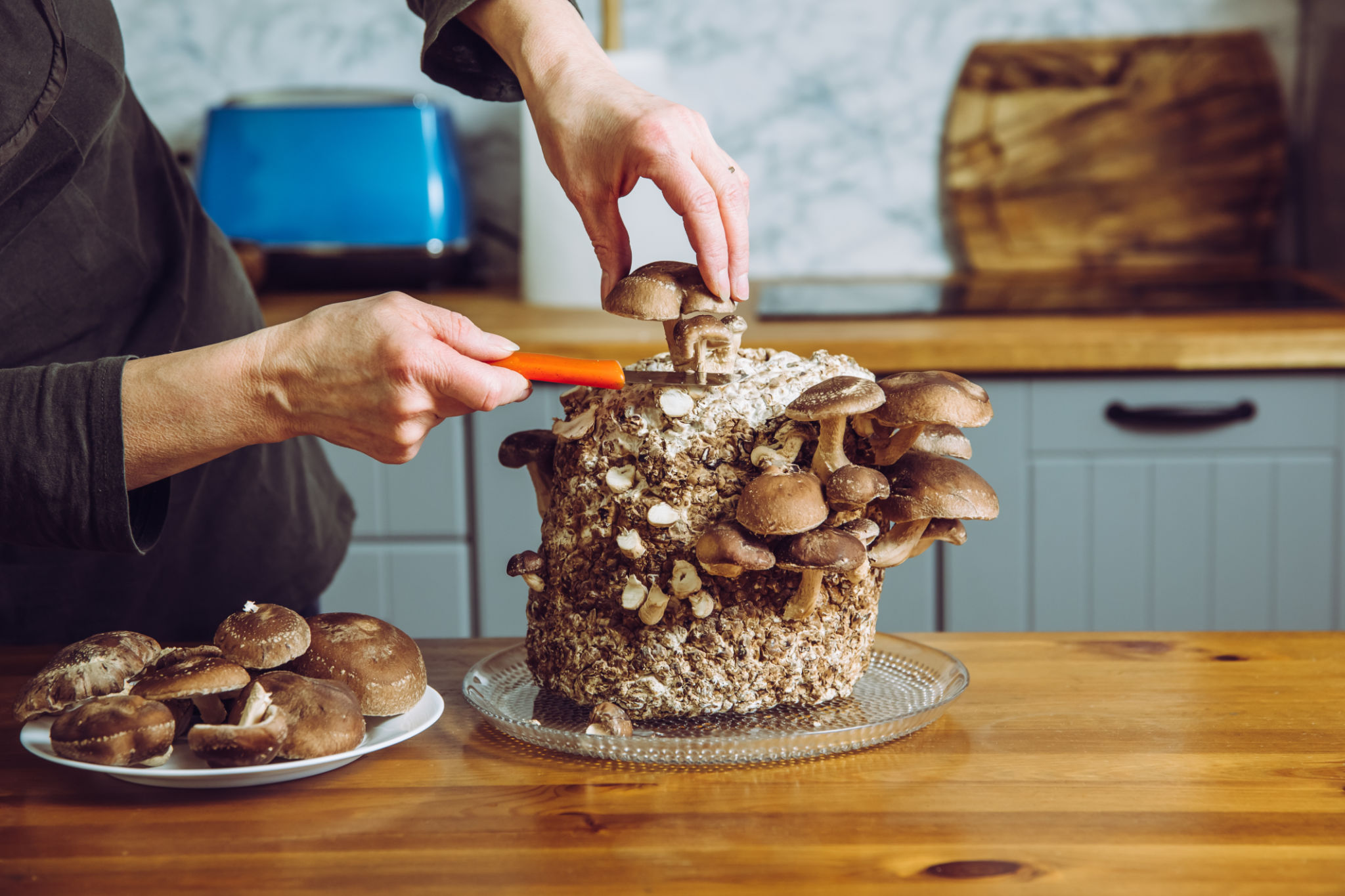How to Cultivate Mushrooms at Home: Tips from Idaho Experts
Getting Started with Mushroom Cultivation
Growing mushrooms at home can be a rewarding and fascinating hobby. Whether you're interested in gourmet varieties or simply want to explore the world of fungi, you can successfully cultivate mushrooms with the right guidance. Idaho experts provide some valuable insights into this unique process.

Choosing the Right Mushroom Variety
The first step in mushroom cultivation is selecting the right variety for your needs and conditions. Popular choices for beginners include oyster, shiitake, and white button mushrooms. Each type has specific requirements, so it's crucial to research which will thrive best in your home environment.
Consider your climate, available space, and personal taste preferences when deciding. Oyster mushrooms, for instance, are known for their versatility and relatively easy cultivation process, making them an excellent choice for novices.
Setting Up Your Grow Space
Once you've chosen your mushroom variety, it's time to set up your grow space. Mushrooms require a dark, humid environment to flourish. Many Idaho experts recommend using a basement or a dedicated grow tent for this purpose.
- Ensure the space is clean and free from contaminants.
- Maintain a humidity level of around 80-90%.
- Regulate temperature according to the needs of your chosen mushroom type.

Sourcing Quality Spores or Spawn
The success of your cultivation largely depends on the quality of spores or spawn you use. Trusted suppliers will provide you with high-quality materials that are free from contaminants. You can purchase these online or from local gardening stores specializing in mushroom cultivation.
It's also important to follow the instructions provided with your spores or spawn closely, as this will increase your chances of a successful harvest.
Understanding the Substrate
Mushrooms grow on a substrate, which provides the necessary nutrients for development. Common substrates include straw, sawdust, and coffee grounds. Each type of mushroom has its preferred substrate, so choose accordingly.
- Prepare the substrate by sterilizing it to prevent contamination.
- Mix the substrate with your chosen spawn.
- Ensure even distribution for optimal growth.

Caring for Your Mushrooms
Mushrooms require regular attention to ensure they grow healthily. Monitor humidity and temperature levels closely and make necessary adjustments. Additionally, ensure that your grow space remains clean to prevent any contaminants from affecting your crop.
Once you see pins forming, which are tiny mushroom heads, it’s essential to maintain consistent conditions to encourage growth. With patience and care, you'll soon be rewarded with a bountiful harvest.
Harvesting and Enjoying Your Mushrooms
Once your mushrooms reach maturity, it's time to harvest them. Gently twist and pull the mushrooms from their growing medium to avoid damaging any remaining mycelium. This encourages future growth and ensures continued harvests.
Enjoy your homegrown mushrooms in a variety of dishes. From sautéing them as a side dish to using them in soups or stir-fries, the possibilities are endless!
